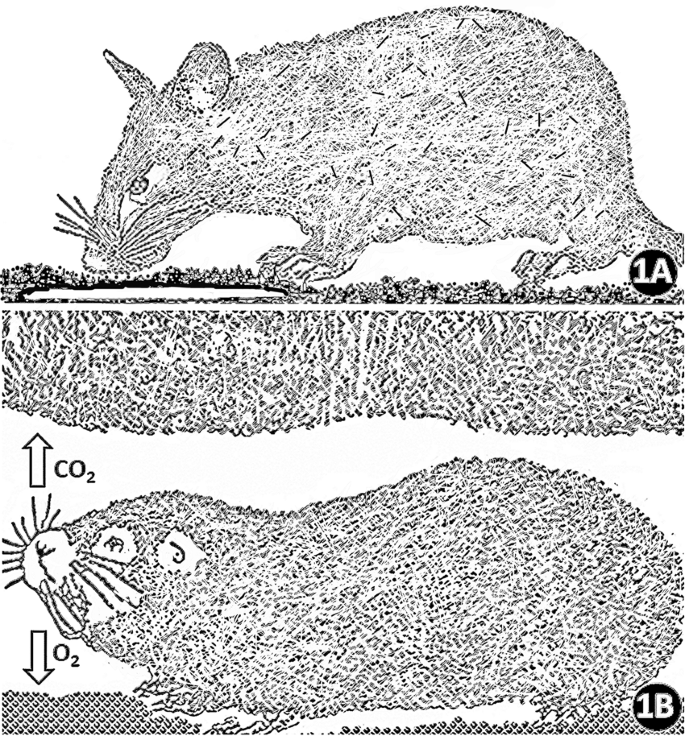Woodrat Manual
Woodrat Facts
Woodrat ransomware is a cyber threat that penetrates the victim's computer and locks all important files. Cybercriminals try to demand money for the decryption key but experts say that you should remove this virus and try to recover files from backups.
Scientific Name:

This manual is updated periodically and the latest addendums and techniques can be downloaded from our web site. To receive updates by email, send a blank email to joinlist@woodrat.com. WoodRat Online The WoodRat websiteis a good place to get up-to-date information about our products and you can even buy them online, wherever you are in the World. Unlike other tool manuals, the WoodRat manual is both a machine operating guide and a 'how to' joinery guide. What are they made of? The Channel, Guide Rail and Fences are extruded aluminum, anodized silver/grey. The Sliding Fence is glass-reinforced nylon and the Plates are made from tough synthetic laminate. Disable the services with random names or contains WOODRAT RANSOMWARE in it's name or description. STEP 5: After that press Win+R, type in: taskschd.msc and press OK to open Windows Task Scheduler. Delete any task related to WOODRAT RANSOMWARE. Disable unknown tasks with random names. STEP 6: Clear the Windows registry from WOODRAT RANSOMWARE. The Original WoodRat Video from 2002. The machine now features an improved Channel (with slots for stops) New Fences with a place for the fingers to pull on as you place the work, and the added tee-slots have several uses: one is to take the Wooden Faces.
Neotoma SPP. meaning 'rodent that cuts with its teeth'
Color:
Ranges – brown, gray, black
Weight:
10-16 ounces; same size as Norway Rat
Length:
7 inches
Tail Length:
7 inches; shorter than the body
Body:
Thick, rounded body; professionals describe as a 'giant hamster'; very long, soft, fine fur
Ears:
Large ears
Eyes:
Bulging black eyes
Lifespan:
3 years
Droppings:
½ inch long; oval shaped; found in piles
Other Names: Packrat, Traderat
Diet
Daily Amount:
0.1-2 ounces
Daily Water:
1-2 ounce
Daily Food:
Seeds, vegetation, nuts, berries, twigs, insects, small mammals, birds; Woodrats nesting inside homes often continue to feed outside.
Habitat
Geography:
Throughout US, although absent from New England & Great Lakes states
Nest Location:
Woodrat Mountain
Stick 'houses' under porches, inside sheds, attics, soffits, hard to reach wall & ceiling voids; similar to roof rats
Home Range:
¾ of an acre
Active Periods:
Nocturnal; but common to see juveniles during the daytime
Reproduction
Litter Size:
2-4 pups per litter
No. of Litters:

1-4 per year
Sexual Maturity:
2-3 months
Gestation Period:
38 days; slow population growth
Breeding Season:
Outdoors: Spring
Woodrat Facts
Scientific Name:
Neotoma SPP. meaning 'rodent that cuts with its teeth'
Color:
Ranges – brown, gray, black
Weight:
10-16 ounces; same size as Norway Rat
Length:
7 inches
Tail Length:
7 inches; shorter than the body
Body:
Thick, rounded body; professionals describe as a 'giant hamster'; very long, soft, fine fur
Ears:
Large ears
Eyes:
Bulging black eyes
Woodrat Midden
Lifespan:
3 years
Droppings:
½ inch long; oval shaped; found in piles
Woodrat Control Options
Droppings, gnaw marks, and urine odor are just a few signs of Woodrat activity.
Rat Traps


Rat traps are an effective method of non-toxic rat control. There are 3 types of rat traps commonly used for rodent control: Snap Traps, Glue Traps, and Electronic Traps.
These mechanical traps provide a quick solution to a rodent control problem and can be used many times. One advantage of rat traps is the ability to 'recover' the rat to confirm its elimination.
The most important technique for effective trapping is good trap placement in areas of high rodent activity. Because Woodrats are interested in new objects in their environment, they will readily interact with a well-placed trap containing enticing bait.
Woodrat infestations usually do not involve large numbers of animals, so they can typically be controlled with trapping alone.
Prevention
Most of the techniques used to combat Roof Rats and Deer Mice are applicable to the management of Woodrats.
Thus, particular attention should be applied to roof and eaves areas, attics and soffits. Overhanging trees and vegetation limbs must be cut back from rooftops by 6 feet.
To adequately keep Woodrats out of your home, all openings need to be sealed off - remember rats only need an opening of ½ inch or the size of a nickel to gain entry to your home.
In addition to exclusion, careful storage of food and elimination of clutter are valuable steps in the fight to control Woodrats.
